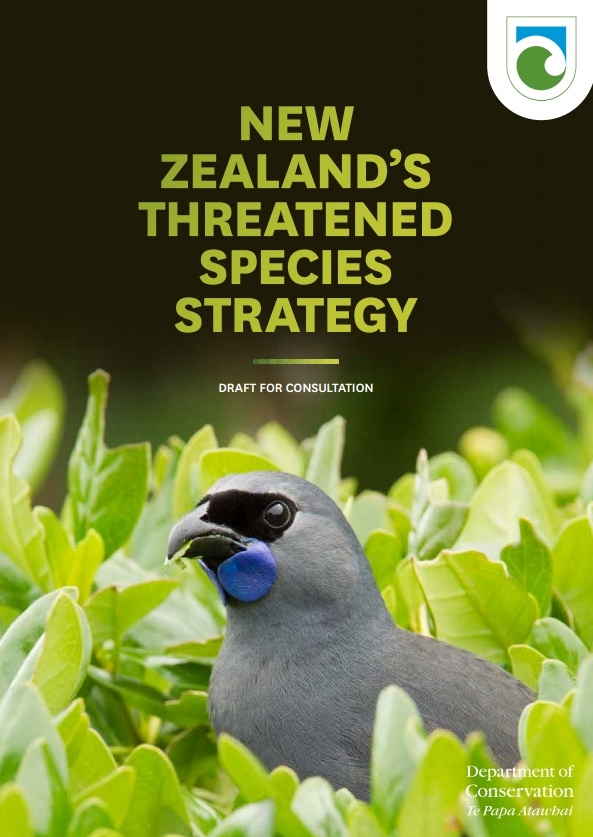Conservation Minister Maggie Barry has launched a draft strategy for protecting our threatened species.
 Announced during DOC’s Threatened Species Summit yesterday, the strategy outlines how the government aims to halt the decline of our threatened species and prevent others from becoming threatened. The draft strategy is open for consultation until 31 July.
Announced during DOC’s Threatened Species Summit yesterday, the strategy outlines how the government aims to halt the decline of our threatened species and prevent others from becoming threatened. The draft strategy is open for consultation until 31 July.
The strategy included a priority list of 150 threatened species, with DOC later releasing a second report about the conservation status of New Zealand birds in 2016.
The SMC gathered expert reaction to the draft strategy, feel free to use these comments in your reporting.
Dr Andrea Byrom, director, Biological Heritage National Science Challenge, comments:
“The Threatened Species Strategy is a welcome addition to the suite of strategic documents released by the government and is aimed at bringing environmental issues to the forefront of our collective consciousness.
“It calls for an evidence-based approach to developing solutions to the management of threatened species in an ecosystem context. It also acknowledges a paucity of data on even the basic biology of some of our most treasured species, and highlights the complexity of managing threatened species in an ecosystem context.
“Importantly, the ‘foundations’ for threatened species recovery integrate across a number of government initiatives including Predator-Free 2050, Biosecurity 2025, the War on Weeds including wilding conifers, the Battle for Our Birds, and National Science Challenges, in a more coordinated and joined up way. This is a particularly important signal for us in the Biological Heritage National Science Challenge, because it provides the impetus for aligning science and research towards top priority issues for Aotearoa New Zealand.
“The integration of threatened species recovery and ecosystem conservation is welcome, as are the explicit linkages between saving threatened species on public conservation land and across privately-owned landscapes in partnership with others.
“Landscape-scale management of both the ‘threats’ and the ‘threatened’ round out five themes necessary to progress threatened species conservation. Mātauranga Māori is also brought to the fore as a critical knowledge system and world view integral to threatened species management.
“As ever, implementation of the Strategy will be critical. In the Biological Heritage National Science Challenge, long-term science and research activities are already underway, and we look forward to working
closely with the Department of Conservation and in partnership with others to achieve the Goals laid out in the Strategy.”